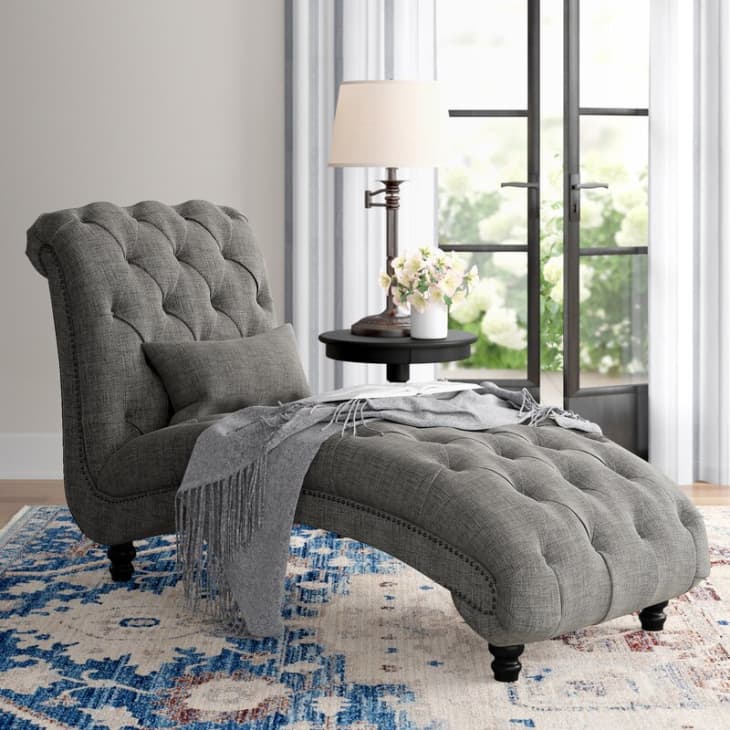Comfort and Ergonomics: Best Chair For Psychotherapist

A psychotherapist’s chair is more than just a piece of furniture; it’s a crucial tool that directly impacts their well-being and the quality of their work. Long therapy sessions can take a toll on your body, making comfort and ergonomics paramount. A well-designed chair can promote good posture, reduce strain, and prevent discomfort, allowing you to focus fully on your clients.
Posture and Support
Maintaining good posture is essential for therapists, as it minimizes strain on the back, neck, and shoulders. A chair with proper support can help you achieve this. The chair’s backrest should provide adequate lumbar support, which is the curve in your lower back. This support helps maintain the natural curvature of your spine and prevents slouching. Adjustable lumbar support allows you to customize the chair to your specific needs. Armrests are also crucial for promoting good posture. They provide support for your arms and reduce tension in your shoulders and neck. The height of the armrests should be adjustable so that your elbows are at a 90-degree angle when you’re sitting.
Chair Materials
The choice of chair materials significantly affects comfort and breathability. Mesh chairs are known for their excellent breathability, which is essential for staying cool and comfortable during long sessions. They also tend to be lightweight and flexible, allowing for greater freedom of movement. Leather chairs offer a luxurious feel and are durable, but they can get hot and uncomfortable in warmer climates. Fabric chairs are often more affordable than leather or mesh, and they come in a wide range of styles and colors. However, some fabrics may not be as breathable as mesh. Ultimately, the best material for you will depend on your personal preferences and the climate you live in.
Ergonomic Benefits, Best chair for psychotherapist
Ergonomics plays a vital role in promoting therapist well-being and reducing the risk of physical discomfort. An ergonomic chair supports your body in a natural position, minimizing strain on your muscles and joints. This can help prevent injuries like back pain, neck pain, and carpal tunnel syndrome. Investing in an ergonomic chair is an investment in your health and longevity as a therapist.
Functionality and Aesthetics
A therapist’s chair is not just a piece of furniture; it’s an integral part of the therapeutic experience. Its functionality and aesthetics play a crucial role in creating a comfortable and conducive environment for both the therapist and the client. A well-designed chair can enhance the therapeutic process, fostering a sense of trust and facilitating open communication.
Features That Enhance the Therapeutic Experience
The functionality of a therapist’s chair goes beyond providing a comfortable seat. Certain features can significantly enhance the therapeutic experience.
- Swivel Base: A swivel base allows for easy movement and flexibility, enabling therapists to effortlessly turn and face their clients without disrupting the flow of the session. This promotes a sense of engagement and attentiveness.
- Height-Adjustable Seat: A height-adjustable seat ensures optimal posture for both the therapist and the client. It allows for personalized comfort and minimizes strain on the back and neck, promoting a relaxed and focused therapeutic environment.
- Discreet Storage Compartment: A discreet storage compartment provides a convenient space for storing essential items such as tissues, notepads, or personal belongings. This keeps the therapist’s workspace organized and clutter-free, creating a more professional and welcoming atmosphere for clients.
Aesthetic Appeal and its Importance
The aesthetic appeal of a therapist’s chair is equally important as its functionality. A chair’s design and style can significantly influence the overall atmosphere of the therapy room.
A therapist’s chair should exude professionalism and warmth, creating a sense of comfort and trust for clients.
A well-chosen chair can complement the therapy room’s décor, enhancing its aesthetic appeal and contributing to a positive therapeutic experience.
Chair Styles and Their Suitability for Different Therapy Settings
Different chair styles can suit various therapy settings, reflecting the therapist’s personal preferences and the overall ambiance of the practice.
| Chair Style | Features | Benefits | Therapy Setting |
|---|---|---|---|
| Modern | Sleek lines, minimalist design, often upholstered in leather or fabric | Creates a contemporary and sophisticated atmosphere, ideal for therapists who prefer a clean and uncluttered aesthetic | Modern, urban therapy practices, individual therapy, couples therapy |
| Traditional | Classic design, often with intricate details, upholstered in luxurious fabrics | Exudes a sense of warmth and comfort, ideal for therapists who prefer a more traditional and welcoming setting | Traditional therapy practices, family therapy, group therapy |
| Minimalist | Simple design, often with a focus on functionality, upholstered in neutral colors | Creates a calming and uncluttered environment, ideal for therapists who prefer a minimalist and understated aesthetic | Meditation and mindfulness practices, individual therapy, couples therapy |
Durability and Maintenance

A psychotherapist’s chair is an investment that needs to withstand years of regular use. You want a chair that can hold up to daily sessions, client visits, and the wear and tear of time. Choosing a chair that is durable and easy to maintain will ensure that your investment serves you well for many years to come.
Materials and Construction
The durability of a chair depends heavily on the materials used and the construction techniques employed. Here’s a breakdown of some key factors:
- Frame: A sturdy frame is essential for a chair’s longevity. Look for chairs with frames made from high-quality materials like steel, aluminum, or hardwood. Avoid chairs with flimsy or lightweight frames, as they may not withstand the rigors of daily use.
- Upholstery: Durable upholstery is crucial for a chair that will see frequent use. Leather, vinyl, and high-quality fabrics are known for their resistance to wear and tear. Consider the type of fabric’s resistance to stains and fading, as well as its breathability.
- Padding: Comfortable padding is important, but it also needs to be durable. High-density foam is a popular choice for its ability to provide support and resist compression over time. Look for chairs with padding that is well-supported by the frame, preventing sagging and premature wear.
- Mechanisms: The mechanisms that allow for adjustments, such as reclining, height adjustment, and swivel, should be made from robust materials and designed for smooth operation. Choose chairs with mechanisms that have a good reputation for reliability and durability.
Maintenance Tips
Maintaining your chair properly will extend its lifespan and keep it looking its best. Here are some tips:
- Regular Cleaning: Wipe down the chair regularly with a damp cloth to remove dust, dirt, and grime. Use a mild cleaning solution if needed. Avoid harsh chemicals that could damage the upholstery or frame.
- Spot Cleaning: For stains, use a stain remover specifically designed for the type of upholstery. Follow the manufacturer’s instructions carefully. Avoid rubbing stains vigorously, as this can damage the fabric.
- Lubrication: If your chair has mechanisms, lubricate them periodically with a light oil. This will keep them moving smoothly and prevent them from becoming stiff or jammed.
- Avoid Overloading: Do not exceed the chair’s weight capacity. Overloading can stress the frame and mechanisms, leading to premature wear and tear.
Lifespan and Maintenance
The lifespan of a chair depends on its quality, usage, and maintenance. Here’s a general comparison of different chair types:
- Mesh Back Chairs: These chairs are generally more affordable and offer good breathability. However, they may not be as durable as other options, and the mesh fabric can snag or tear with rough use. They typically require less maintenance than other types.
- Leather Chairs: Leather chairs are known for their durability and luxurious look. They are resistant to wear and tear, but they can be more expensive than other options. Leather chairs require regular cleaning and conditioning to maintain their appearance and prevent cracking.
- Vinyl Chairs: Vinyl chairs are affordable and easy to clean. They are also relatively durable, but they can be less comfortable than leather or fabric chairs. Vinyl chairs require minimal maintenance, but they can become brittle over time if exposed to excessive heat or sunlight.
Best chair for psychotherapist – A comfortable chair is crucial for a psychotherapist, just as a supportive chair is essential for a good massage. While a therapist’s chair should prioritize ergonomics and adjustability, a client’s comfort is paramount. If you’re looking for the best chair massage experience in NYC, check out best chair massage nyc for a relaxing and rejuvenating session.
Ultimately, the right chair for a psychotherapist should be a blend of functionality and comfort, creating a calming environment for both the therapist and client.
Just like finding the best chair for a psychotherapist involves considering comfort, adjustability, and durability, choosing the right high chair for your little one is equally important. The peg perego best high chair offers a variety of features to make mealtimes enjoyable for both parent and child, just as a comfortable and supportive chair can enhance the therapeutic experience for both therapist and client.
